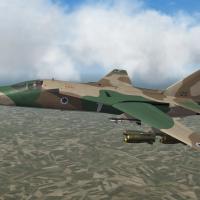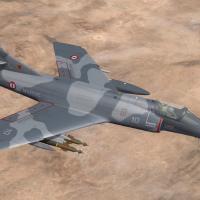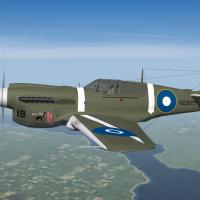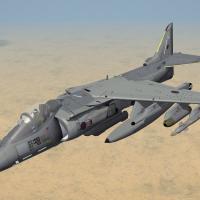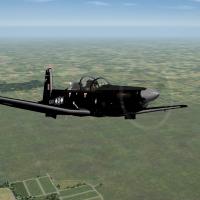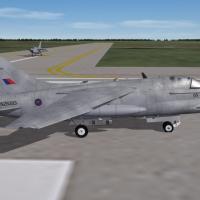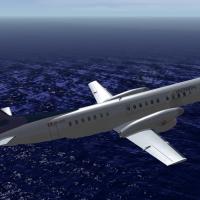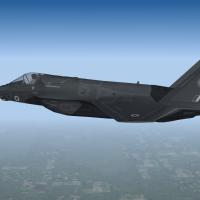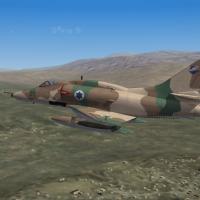-
Content count
2,076 -
Joined
-
Last visited
-
Days Won
28
Content Type
Profiles
Forums
Calendar
Gallery
Downloads
Store
Everything posted by dtmdragon
-
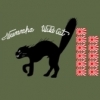
'What if' Israeli Air Force F-111 skins plus Bonus real life F-111 ECM corrections and F-111D HUD
dtmdragon reviewed dtmdragon's file in What If Skins
-
- 5 comments
-
- dassault
- super etendard
-
(and 1 more)
Tagged with:
-
- 1 comment
-
- raf
- afganistan
-
(and 8 more)
Tagged with:
-
-
- lebanon
- yom kippur
- (and 8 more)
-

Fictional ‘What if’ Royal New Zealand Air Force A-7 Corsair II Skins
dtmdragon reviewed dtmdragon's file in What If Skins
-
- 2 comments
-
- f-16c/d block 52
- rnzaf
-
(and 4 more)
Tagged with:
-

F-35A/B Lightning II International Operators skin pack
dtmdragon reviewed dtmdragon's file in What If Hangar
- 1 comment
-
- jsf
- joint strike fighter
-
(and 2 more)
Tagged with:
-
-
-

Royal New Zealand Navy Fleet Air Arm Skyhawks and HMNZS New Zealand Aircraft Carrier.
dtmdragon reviewed dtmdragon's file in What If Hangar
-
-

Mirage Factory IDF F-4E Kurnass 2000 for Strike Fighters 2
dtmdragon reviewed dtmdragon's file in F-4
-

Israeli Aerospace Industries (IAI) F-4E Kurnass 'Super Phantom' 2000 for Strike Fighters 2
dtmdragon reviewed dtmdragon's file in Israeli Origin
-

